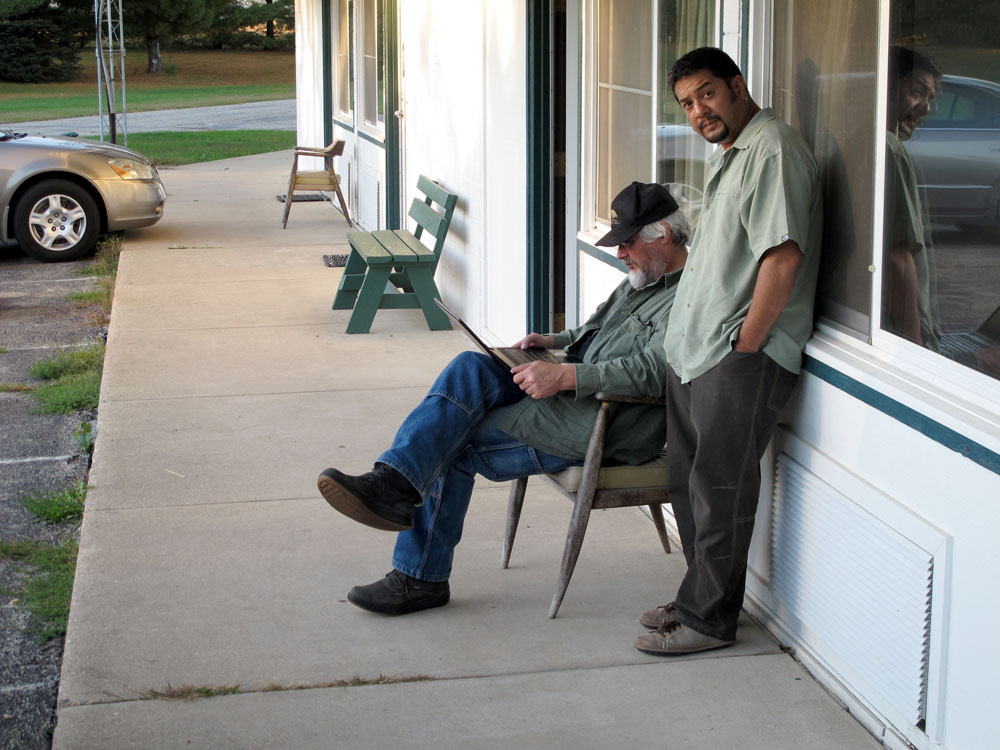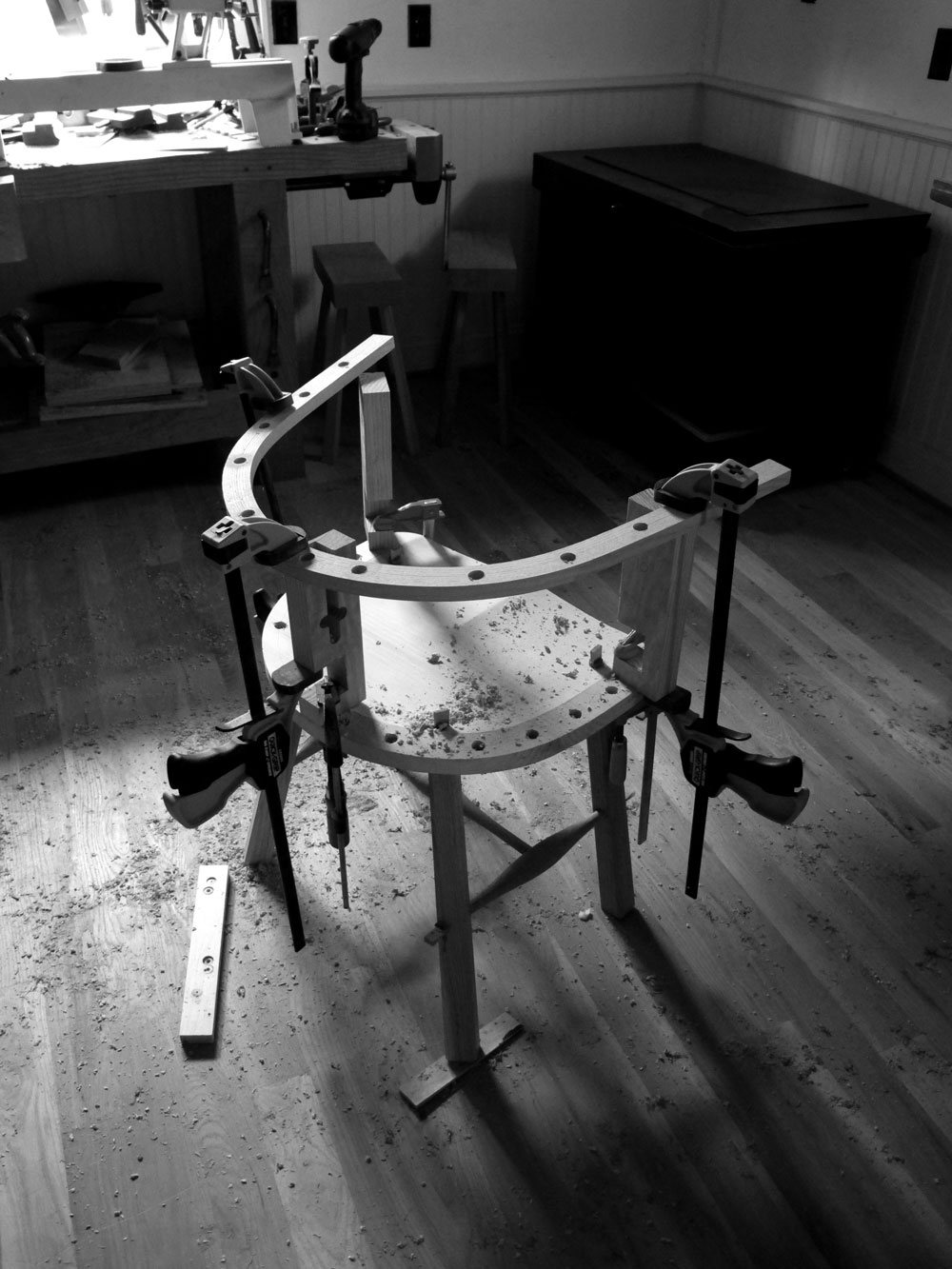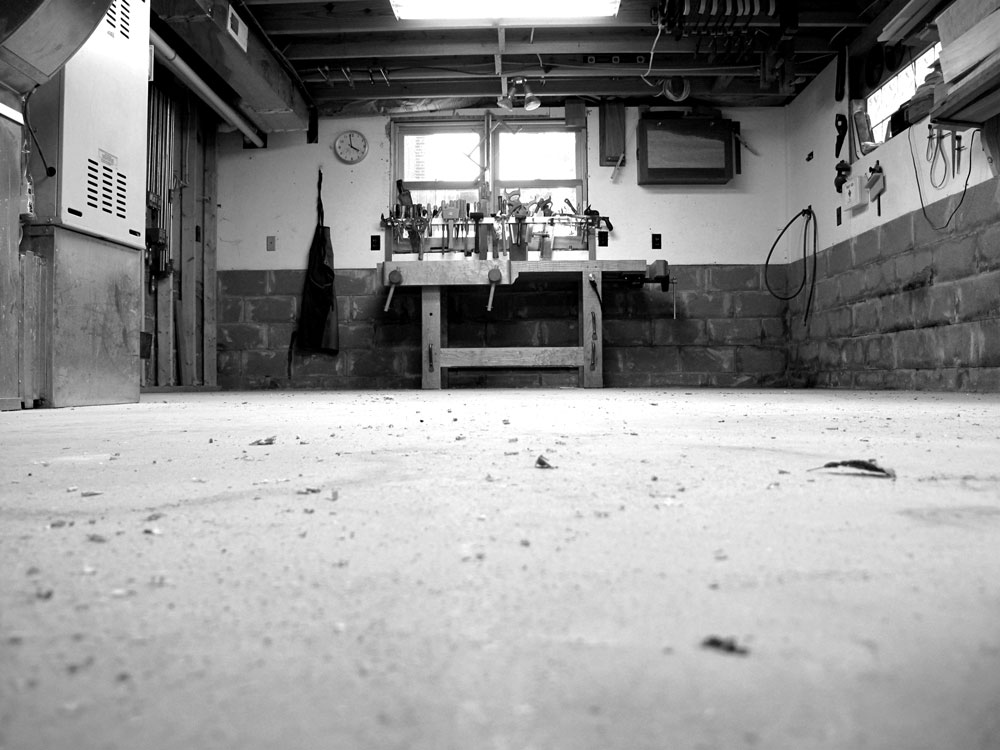Narayan Nayar’s eyes hop briefly off the road ahead and aim right at me.
“Do you think you are an obsessive person?” he asks.
“Um, not really,” I answer. “Do you think I obsess about things?”
“Absolutely,” he replies, returning his eyes to the road.
At first I thought it was an oddball question that came out of the blue during a long car ride. But in hindsight (or perhaps thanks to three beers at dinner), it now makes sense. Because today Don Williams, Narayan and I are on the trail of one of the most obsessed-over woodworking gems of the 19th and 20th centuries: the tool chest of H.O. Studley.
On Tuesday morning we will begin measuring and photographing the famous chest for a book that Don is working on that is tentatively titled: “Virtuoso: The Toolbox of Henry O. Studley.” After years of work, Don has managed to get access to this much-heralded tool chest.
So after Woodworking in America wrapped up on Sunday afternoon, the three of us took off on a car ride to an undisclosed location to visit the chest and and the workbench of this piano and organ maker who worked for the Poole Piano Co. of Boston and died in 1925.
Even in his lifetime, Studley was well known for his tool chest.
“Mr. Studley had for a great many years been in the employ of the Poole Piano Co., and was accounted a rather unusual mechanic,” according to his obituary in The Music Trade Review. “He was the possessor of a set of tools that was the envy of his co-workers, all of them made by himself by hand and some of them beautifully inlaid with pearl and ivory, and which were always proudly exhibited by Mr. Studley to those who showed an interest.”
The chest is quite obviously the result of one man’s amazing obsession with his tools and the chest that holds them. Every tool is perfectly fitted into a compartment – even the small items in the tiny drawers.
And obsessions with the chest have survived for almost 100 years after Studley’s death. Woodworkers have pored over the poster of the chest published by Fine Woodworking. The episode of “The New Yankee Workshop” that features the chest has been analyzed frame by frame. People have built near-replicas or miniatures of the chest. One company – Shepherd Tool – even tried to produce a commercial kit of the chest. Planemaker Wayne Anderson says a photo of the Studley chest is what first inspired him to become a toolmaker.
And now we are set to photograph and measure every square inch of the thing – a rather obsessive chore – for a book that probably will be 18 months to two years in the making.
In fact I shouldn’t even be telling you this – it’s far too early to discuss a project like this. And I can’t tell you much else – such as where we are or who owns the chest. All that I can tell you is that we are staying in a roadside motel (all the chain hotels are full) and we ate a huge meal of … no, that might give something away.
Stay tuned here. We’ll be giving you more details as we obsess over them.
— Christopher Schwarz








